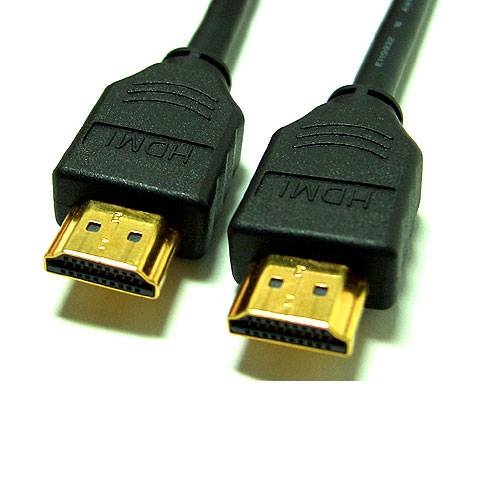HDMI has made transferring media data to a display significantly easier. Here we’ll go over some of its perks.
Up until some time ago, most TV’s couldn’t compete with the cheapest computer monitors in terms of fidelity, what they could accomplish, and how faithful the color reproduction was. This began to change once HDTVs were introduced, and their high resolution and massive screens made them a desirable display for media such as dvds, blu-ray, home movies, or video games. If a certain user wanted to hook up his/her HDTV to a computer/console/media player, the easiest and fastest way is using HDMI conectors, with an HDMI cable.
Down to the basics, what a HDMI cable does is transfer digital media to a display with virtually no loss in quality: sources like DVD players, Blu-ray Disc players, AVCHD camcorders, personal computers (PCs), laptops, video game consoles (PlayStation 3, Xbox 360, and the upcoming Wii U), AV receivers, and mobile phones) have a HDMI connector where the HDMI cable goes plugged, and is then connected to compatible digital audio devices, computer monitors, video projectors, tablet computers, digital televisions, or whatever the user wants.
The result is that now you get to enjoy your media on bigger displays, more of a fit for the living room and the whole family. And in case you are looking for an alternative because your TV does not have a HDMI connector, you can still enjoy your media on older televisions that only use analog ports (Scart, VGA, RCA, etc.) using a scaler (digital-to-analog converter). These should be for sale in most places if you ask for them, or even online at stores like Amazon.
If you want to read more about the benefits of HDMI, check this HDMI vs. Component Video Cables Comparison, or if you need help picking your new HDTV, we have an article on What’s the Difference Between Plasma, LED, and LCD TV’s.











